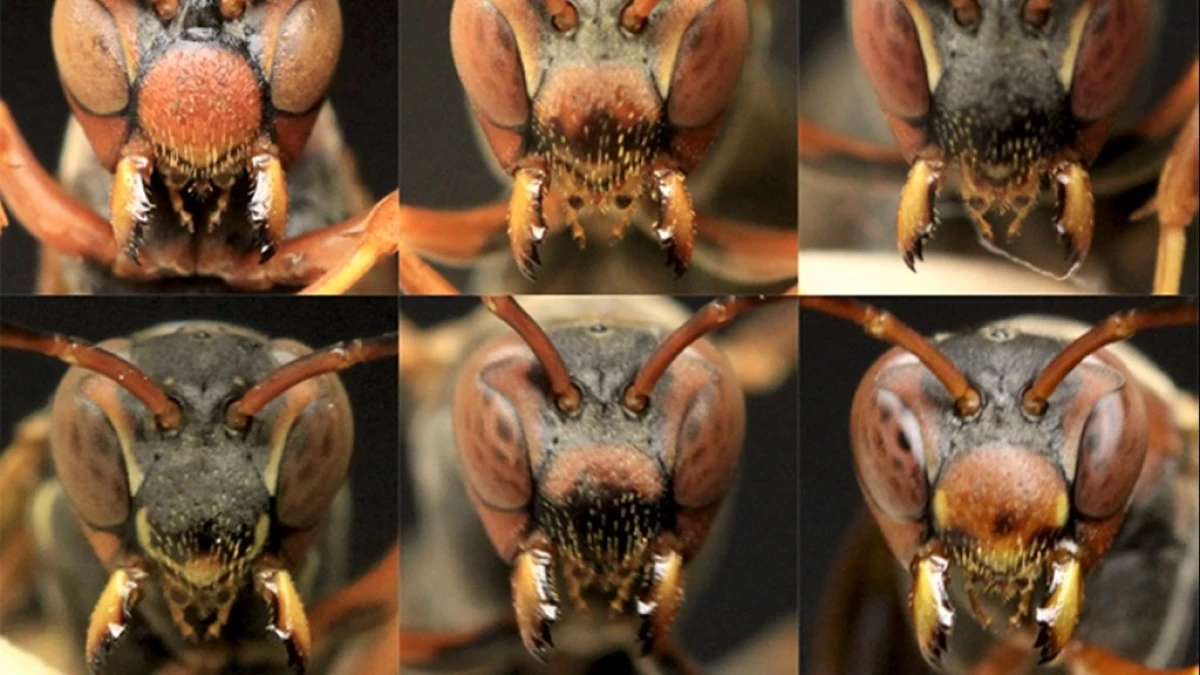
Paper-polystists - a very extensive and common group of public insects. Chewing wood, they get paper from which the sockets are built for a family, usually from several tens or hundreds of individuals. Their social life is complex and diverse, the polists are able to memorize and recognize each other "in the face", in terms of often indistinguishable for us the details of the head and coloring.
Moreover, as the experiments with American polistes fuscatus were shown, this mechanism works in the same way as we. People recognize each other's faces not so much in bright details as in his mind as a whole, perceiving the image "holistic". We are unlikely to learn a separate nose or chin even a long-time friend, but it is easy to note these features as part of a person. Also, "holistic", intently recognize each other and the wasp, as described in the new article published in the Journal Proceedings Of The Royal Society B.
The authors of the work - Elizabeth Tibbetts (Elizabeth Tibbetts) and its colleagues from the University of Michigan - conducted experiments with American Paul Polistes Fuscatus. To begin with, they photographed several individuals, after which they edited pictures, having received images identical to the type of body (legs, antennas, and so on), but slightly differing by the form and dimensions of individual parts on the face.
Extensive insects were taught to perceive one portrait as a "negative hero", hitting a weak current every time its image was shown. The second portrait was not accompanied by discharges and was perceived by "positive." Next, they were seated in the center of the box, at one end of which was a shot of the "villain", in another - "friend", and after a few seconds, which were given to the recognition, released, following the way the OSA will fly.
As it was possible to expect, insects moved away from the threatening "face", to the "friendly". However, further scientists began to partially close the image - so that only individual details were visible. Polists stopped recognizing portraits and moved in one direction or another to randomly. According to scientists, it demonstrates the housing, the integrity of their perception of "persons" of each other. A separate item says nothing in the insect, "working" only in the general context.
Similar experiments set with related paper axes from Europe (Polistes Dominula) showed that they, on the contrary, do not perceive the "persons" of other OS as a whole, but recognize individual catchy features. Perhaps this is due to the difference in the sociality of both species. American polists live more numerous colonies with hundreds of individuals, not dozens, like European relatives, and holistic perception can make it easier to recognize each other and establishing social connections.
Source: Naked Science
